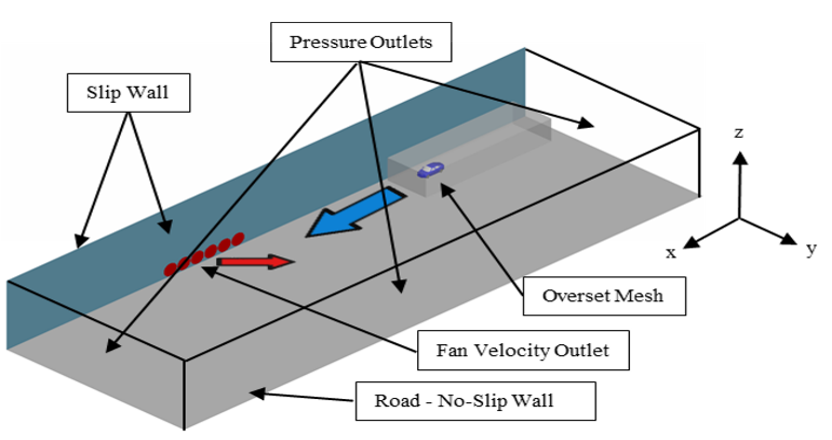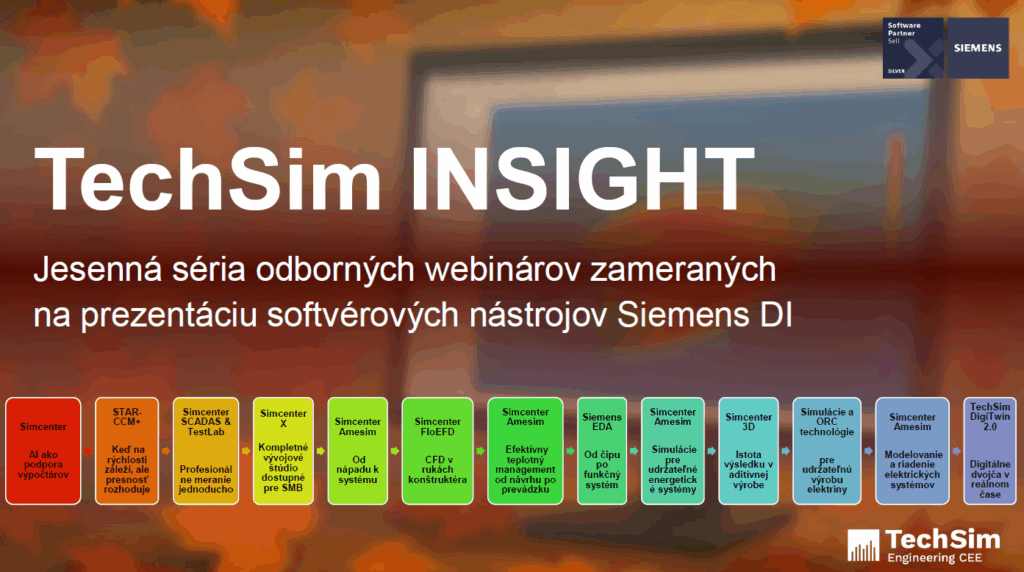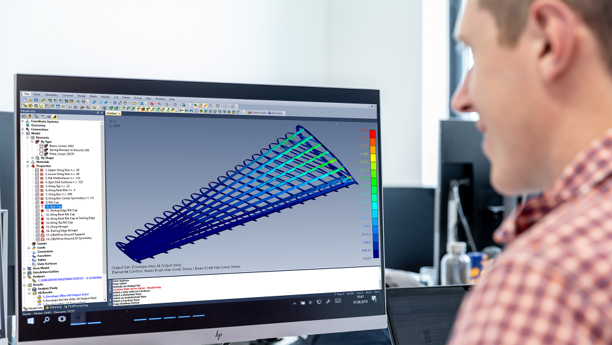The automotive industry is evolving at an unprecedented pace. Vehicle electrification, stricter emission regulations, and the push for cost efficiency are forcing OEMs to innovate faster than ever. At the core of this transformation are Digital Twin technology and Predictive Engineering Analytics, enabling engineers to design smarter, safer, and more energy-efficient vehicles.
Why Vehicle Aerodynamics Is Critical
Vehicle aerodynamics plays a decisive role in energy efficiency, range optimization, and passenger comfort. For electric vehicles (EVs), reducing aerodynamic drag by just 10% can extend driving range by up to 5%. However, modern design challenges go beyond drag reduction—they require balancing multiple performance attributes:
- Cooling performance for batteries and power electronics.
- Noise reduction for improved cabin comfort.
- Stability under crosswinds and during platooning.
Example: Mercedes-Benz achieved a record drag coefficient of 0.19 for its Concept IAA by running 300+ design iterations using automotive CFD simulations and consuming over one million CPU hours—all before building a physical prototype. This digital-first approach reduced development time by nearly 50%.
Key Innovation Areas in Automotive CFD
1. External Aerodynamics
- Drag and Lift Optimization: Steady-state CFD for quick turnaround and unsteady simulations for wake analysis.
- Front-End Cooling: Multi-objective optimization to balance airflow for radiators without compromising drag.
- Dynamic Handling: Simulating crosswind gusts with overset grids to predict yaw, roll, and lateral acceleration.
2. Water and Dirt Management
- Rain and Snow Simulation: Multi-phase modeling with Lagrangian particle tracking and Volume of Fluid (VOF) methods to predict droplet behavior on windshields and sensors.
- Wading Durability: Coupled CFD and structural analysis to assess underbody stress during deep-water crossings. Jaguar Land Rover reduced physical wading tests by 70% using this approach.
3. Aeroacoustics
- Flow-Induced Noise: Combining unsteady CFD with acoustic wave propagation models to predict buffeting and wind noise.
- Cabin Comfort: Vibro-acoustic simulations to minimize noise transmission through glass and seals.
4. Fluid-Structure Interaction (FSI)
- Deformation Prediction: Using embedded stress solvers and mesh morphing to simulate flexible aerodynamic components like chin spoilers under high-speed loads.
- Hydroplaning Analysis: Coupling tire FE models with transient CFD to predict lift-off and stability loss.
5. Energy Management
- Thermal Optimization: Co-simulation of 1D system models (e.g., HVAC networks) with 3D CFD for accurate thermal predictions.
- Control Strategy Tuning: Leveraging HEEDS Sherpa algorithms for multi-objective optimization across 40+ design parameters.
The Role of Digital Twin in Automotive CFD
Siemens’ Simcenter portfolio integrates:
- 1D and 3D simulation tools for system-level and detailed physics.

- Design exploration to evaluate hundreds of variants simultaneously.
- Data management for traceability and compliance with WLTP and other regulations.
- Test integration for model validation and digital sign-off.

Real-World Success Stories
- Kawasaki cut motorcycle design time by 80% while improving cooling and stability.
- Ford enabled digital sign-off for crosswind stability, reducing costly late-stage changes.
- Mitsubishi optimized thermal management for PHEVs using 1D/3D co-simulation.
Bottom Line
By leveraging automotive CFD, digital twin technology, and predictive engineering analytics, OEMs can accelerate innovation, reduce costs, and deliver vehicles that meet the demands of tomorrow’s mobility.










